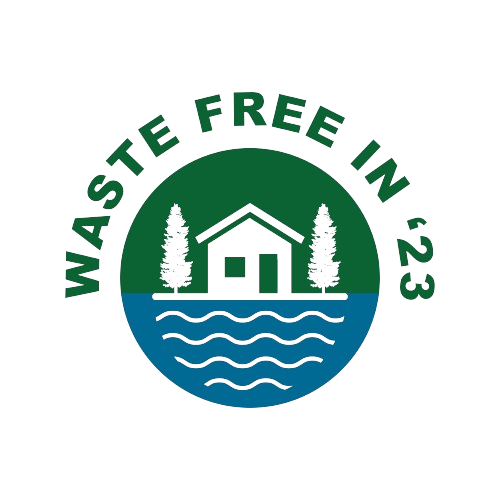WF23 SL Training WF Introduction

WASTE FREE INTRODUCTION - MRS. AMINATA SESAY FRIDAY’S FOR FUTURE SIERRA LEONE

Waste free 23 was introduce nine month ago and the ideals came up by two honorable men, daniel fritschen from the usa and brain form kenya nairobi, where in waste free is just an idea not a government institution or an ngo that give out funding but help CBOs to get grant depending on diligence.
Waste free 23 also introduces plastics for pencil to combat plastics pollution in Sierra Leone, Africa and the world as a whole.
So in that case, my colleagues and I are excited in welcoming this idea from Daniel Fritschen to make Sierra Leone a waste free from plastics pollution.
Waste is unwanted or unusable materials. Waste is any substance discarded after primary use, or is worthless, defective and of no use. A by-product, by contrast, is a joint product of relatively minor economic value. A waste product may become a by-product, joint product or resource through an invention that raises a waste product’s value above zero. Examples include municipal solid waste, hazardous waste, wastewater, radioactive waste, and others.
Waste is a product or substance which is no longer suited for its intended use. Whereas in natural ecosystems waste (i.e. oxygen, carbon dioxide and dead organic matter) is used as food or a reactant, waste materials resulting from human activities are often highly resilient and take a long time to decompose.
For legislators and governments, defining and classifying waste based on risks related to the environment and human health are therefore important in order to provide appropriate and effective waste management. For the producer or holder, assessing whether a material is waste or not is important in identifying whether waste rules should be followed. Definitions are also relevant in the collection and analysis of waste data as well as in domestic and international reporting obligations.
Waste has been defined in most countries and is generally tied to the concept of disposal.
Article 5 of the Basel Convention [Ref 1]: “ ‘Wastes’ are substances or objects which are disposed of or are intended to be disposed of or are required to be disposed of by the provisions of national law”. |
On the more detailed level, a notable variety of definitions and classification approaches are used globally. Materials and substances that are directed for recycling or reuse are often (but not always) regarded as waste since the producer or holder discards them and they will only cease to be waste if certain procedures are completed and documented. Defining waste can at times also be a case-by-case decision. For example, industrial by-products can on certain conditions be regarded as non-waste. The national waste regulation is the main reference point in this regard.
Waste can be classified based on source (who/what generated the waste? See Figure 1), substance (what is it made of?), hazard properties (how dangerous is it?), management (who handles it?) or a mix of these concepts.

If you have any questions, contact:
- www.wastefree23.org
- https://www.facebook.com/groups/1257683511822828
- Wastefree23@gmail.com
- Whatsapp +14084620209
